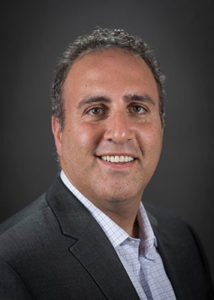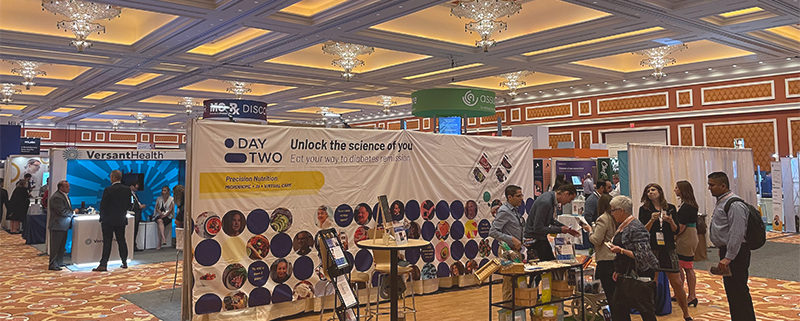AHIP 2022 Focus on Pharma Costs Should Also Look Upstream at Speech Therapy to Reduce SDoH and Other Financial Stressors
Author: Drew Ben-Aharon, Chief Growth Officer & Product Development, Great Speech
 It was good to see colleagues at the recent 2022 AHIP conference in Las Vegas. It was the first meeting since 2019 so we had much to discuss. While many of the sessions and breakout presentations were understandably about rising pharmaceutical costs, for me, it felt a little like “déjà-vu all over again,” to quote the wit Yogi Berra. There is an enormous opportunity for AHIP members to meet their cost control goals to improve value-based delivery to covered members, one I have long advocated.
It was good to see colleagues at the recent 2022 AHIP conference in Las Vegas. It was the first meeting since 2019 so we had much to discuss. While many of the sessions and breakout presentations were understandably about rising pharmaceutical costs, for me, it felt a little like “déjà-vu all over again,” to quote the wit Yogi Berra. There is an enormous opportunity for AHIP members to meet their cost control goals to improve value-based delivery to covered members, one I have long advocated.
Do you know there is a large, undertreated area of medicine that affects more people than the 37 million diabetics in the U.S.? I’m speaking of the 46 million people who suffer from a communication disorder. Untreated, the cost of doing nothing for these patients – many of whom AHIP members serve – is a nearly $200 billion a year problem. This is a massive opportunity for AHIP members.
How Speech Therapy Reduces SDoH Costs
We know that people who have challenges communicating – from post-stroke aphasia to autism to stuttering – experience poorer health and healthcare outcomes. As an AHIP member, you know what that means – higher costs. Here are just a few factors on how this truth exacerbates Social Determinants of Health (SDoH) costs, which was a prominent focus of the 2022 AHIP Annual Meeting:
- People who have trouble speaking can feel self-conscious. They may avoid others, a main driver of social isolation and a primary SDoH risk factor.
- Social isolation, in turn, is a significant driver of depression. In these instances, treating depression with therapy and medications would not be necessary if proven, less expensive recommended speech therapy protocols were instead ordered.
- Patients with communication disorders are a challenge for primary care physicians. Communication disorders are a challenge to good SDoH practice goals. Physicians take special care when presented with an outlier patient, such as one with a speech disorder. They respond more acutely from a defensive medicine posture (the antithesis of value-based delivery). This results in additional expensive lab and imaging testing.
- People with communication disorders are chronically underinsured and uninsured due to financial stress, a significant driver of SDoH.
- Speech impairment creates academic and career barriers. The learning environment is a primary SDoH consideration. Speech therapy patients report improved social skills and relationships, improved reading comprehension and remediated learning disabilities.
How Virtual Speech Therapy Reduces the Cost and Enhances Patient Satisfaction for AHIP Plan Members
Not all speech therapy is created equal. We established Great Speech in 2014 to provide virtual therapy as an alternative to the long-standing model of brick-and-mortar speech therapy. When the pandemic hit, we didn’t have to figure out how to offer virtual services; we were already on top of it – and our experience has demonstrated that virtual speech therapy gets faster results with fewer sessions.
Look Upstream for Speech Therapy Plan Savings
AHIP members know that preventative therapy helps head off higher testing and pharma costs. About 10% of the U.S. adult population suffers from a communication disorder, a significant driver of more expensive care if not managed just as diligently as, say, diabetes.
I’m here to tell you that patients with such challenges prefer to get their treatment at home rather than traveling to an outpatient site. Their sense of isolation and embarrassment escalates in such a journey to see their therapist. Our clients with autism tell us that they prefer to interact with their therapists over the computer rather than face-to-face.
Also, research has established the cost-savings support of speech therapy. For example, a U.K. study concluded that speech therapy generated a 5:1 return among patients with post-stroke aphasia. Another study among children found that the lifetime benefit in treating speech impairment resulted in a 6:1 benefit net cost ratio. including quality-of-life gains (think SDoH).
I hope AHIP members will join me in our quest to add virtual speech therapy to the cost containment and better outcome toolbox.



